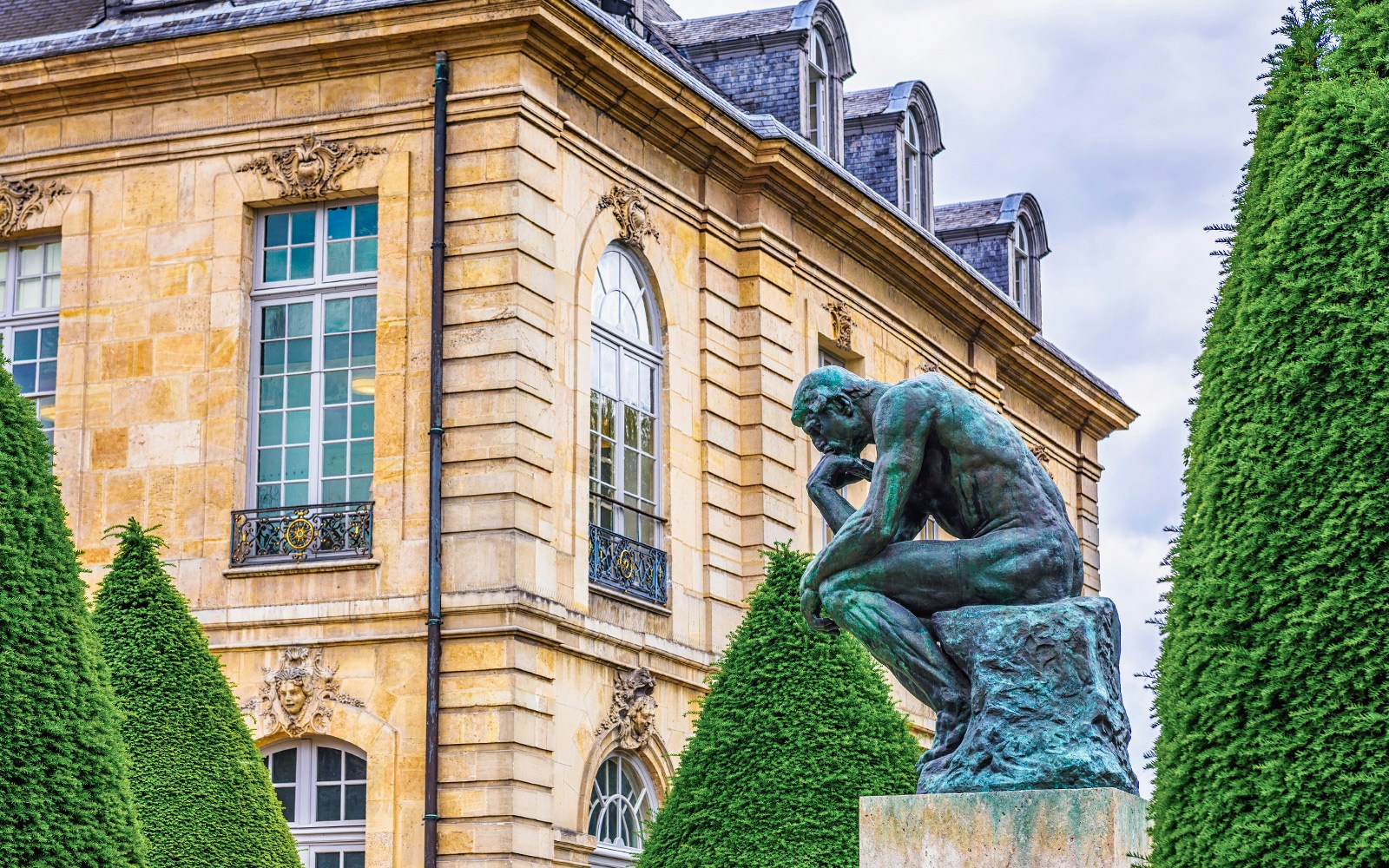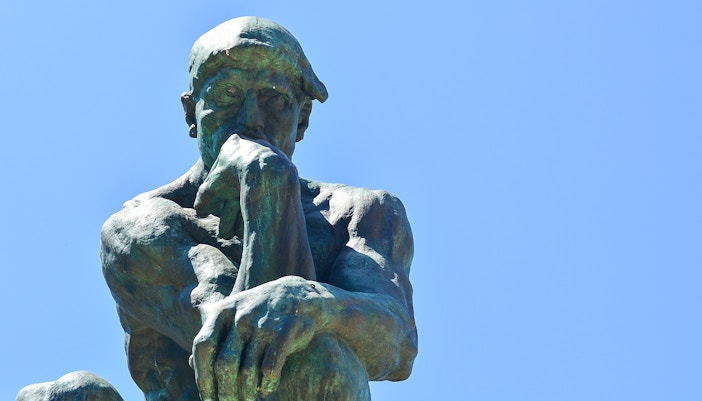
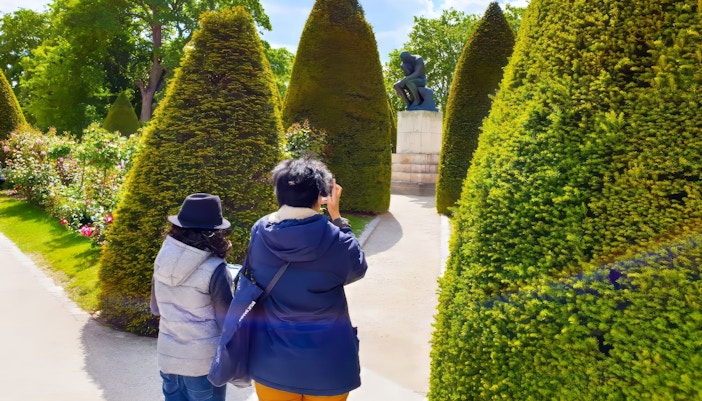

Meet the Rodin Museum’s most recognisable masterpiece. The Thinker sits quietly in the garden, drawing millions of visitors each year who come to admire its expressive detail and contemplative mood.
You will find The Thinker in the Rodin Museum's Sculpture Garden. It is placed near the central pathways, making it one of the first major artworks you will encounter outdoors.
Access is included with all standard Rodin Museum tickets. There is no separate ticket required to view The Thinker.



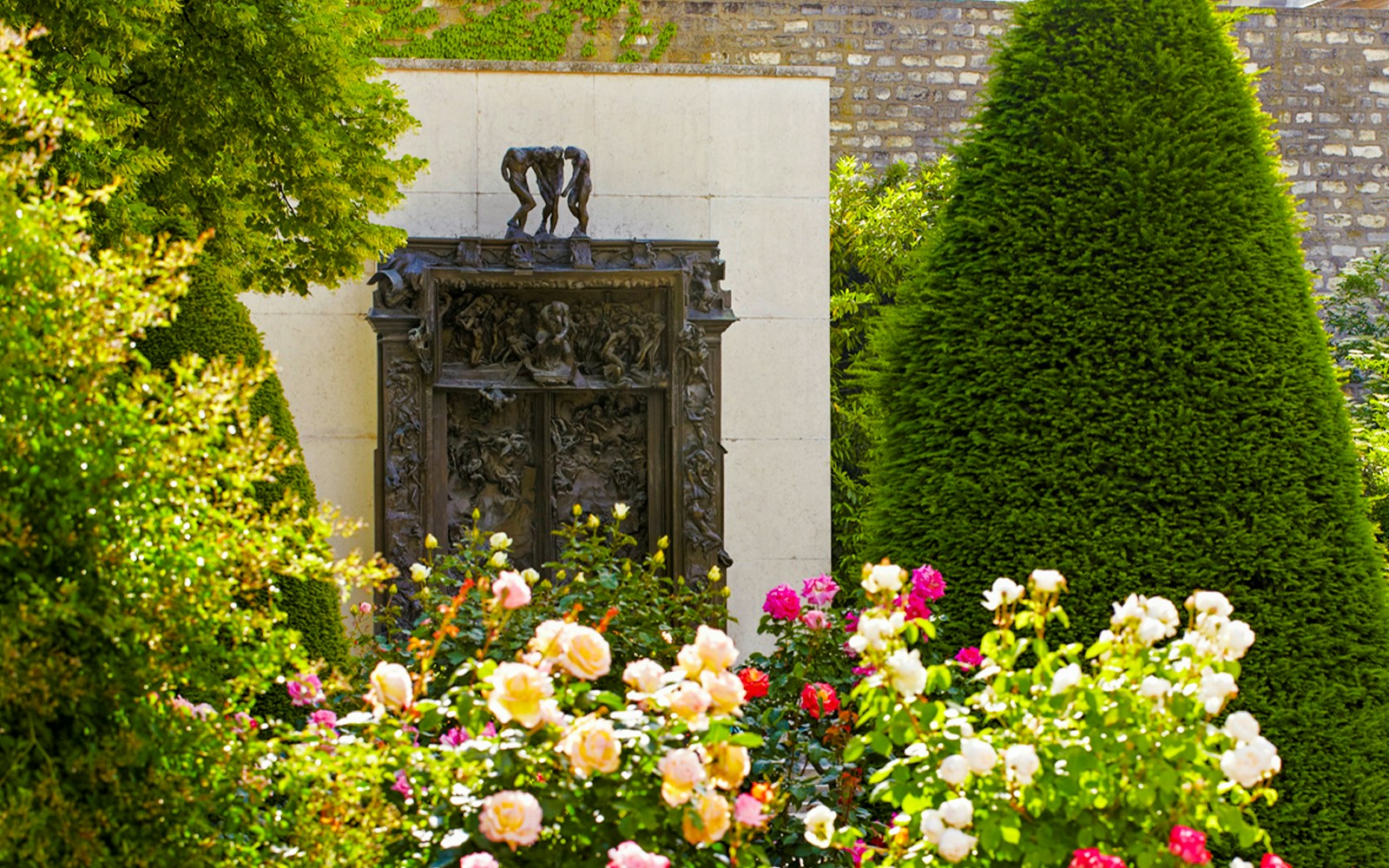
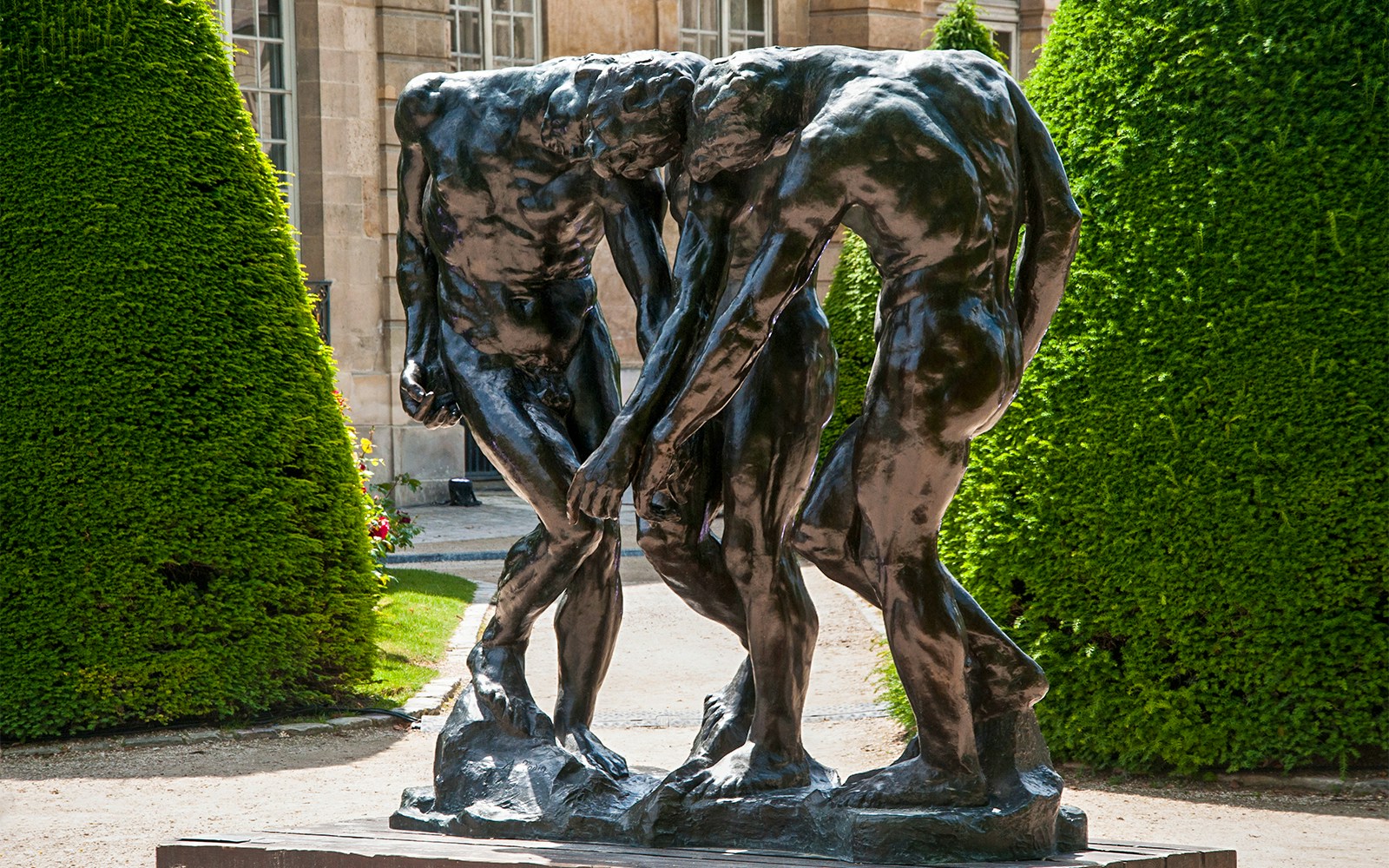
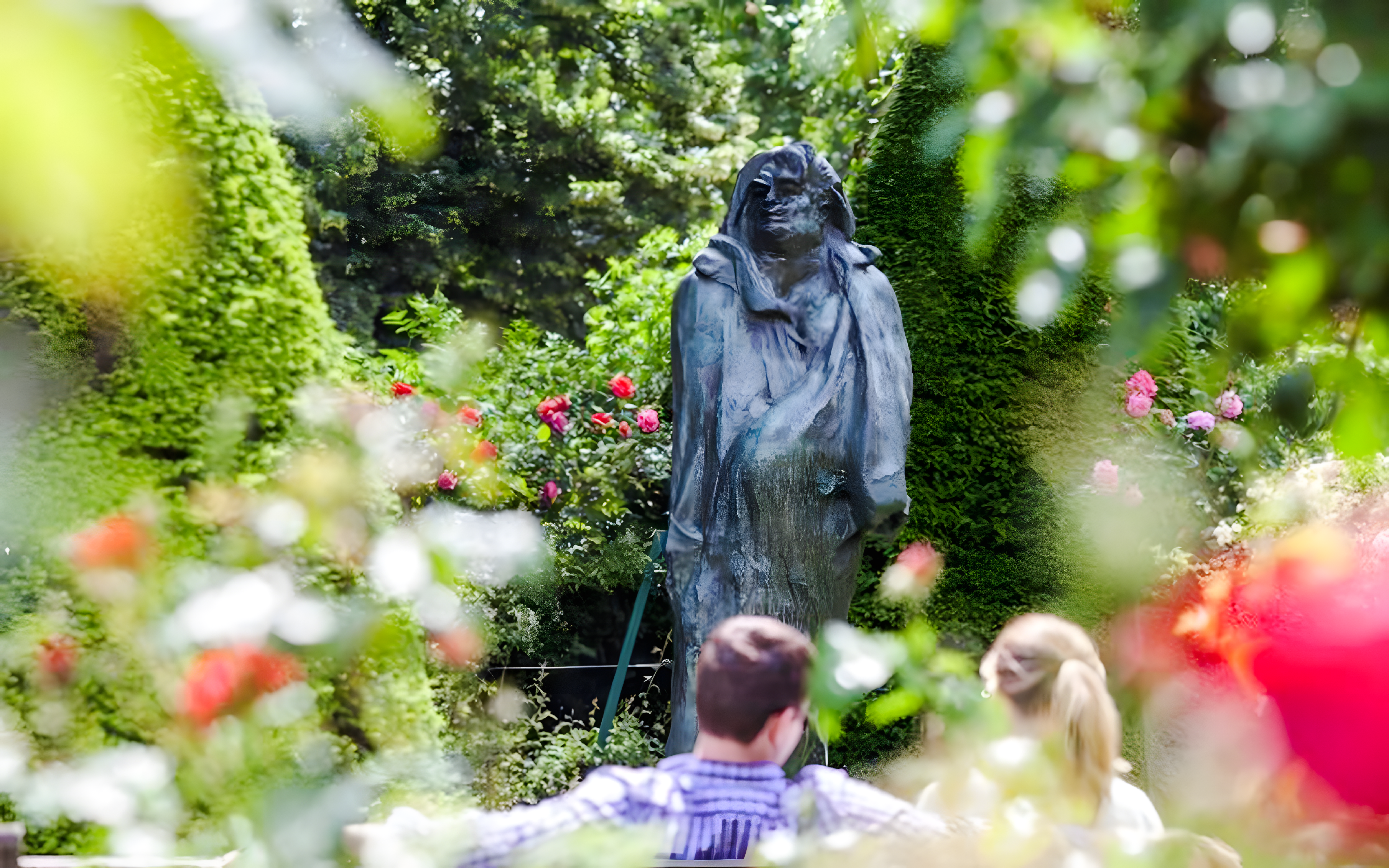
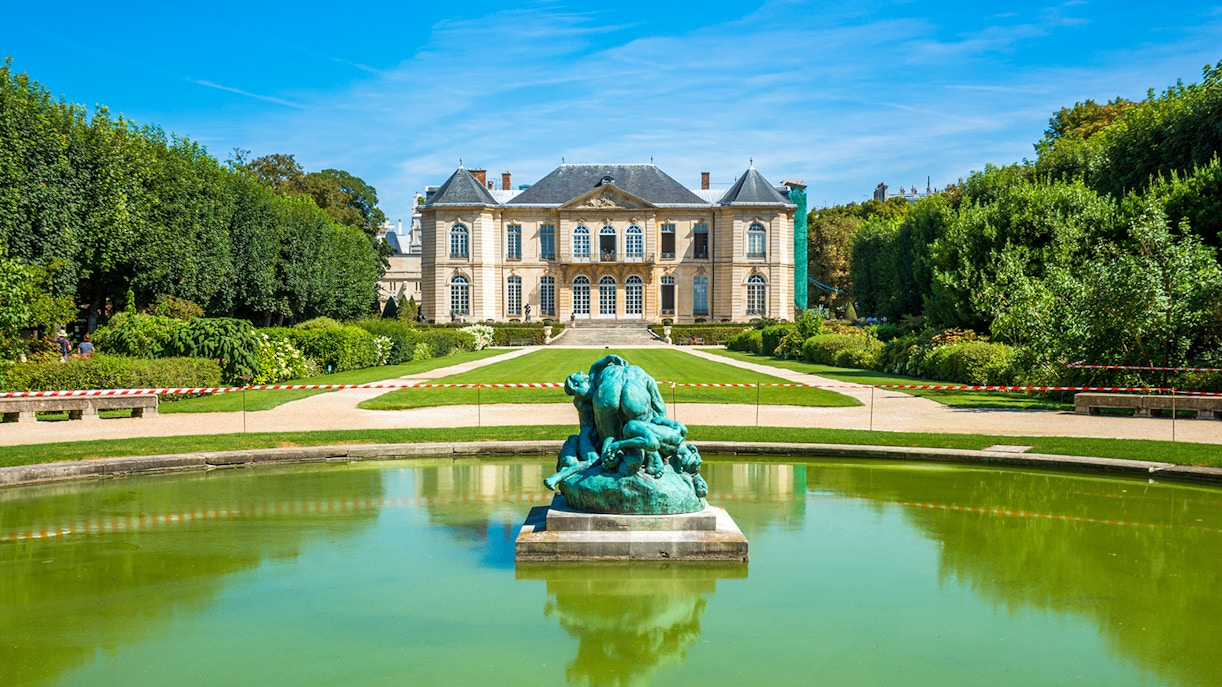
Yes. All standard tickets include access to the Sculpture Garden where The Thinker is located.
Yes. Personal photography is allowed, and the outdoor setting offers great lighting throughout the day. Flash photography, the use of selfie sticks and tripods is generally prohibited.
Most visitors spend 10–15 minutes, but many stay longer to walk around the sculpture and observe details from different angles.
Yes. The main garden paths leading to the sculpture are accessible, though some gravel areas may require extra caution.
A little. The sculpture is outdoors, so comfort depends on the weather, but it remains accessible year-round.
Skip-the-line speeds up museum entry but does not change access to the garden itself.
No. The sculpture is protected, and visitors must maintain a respectful distance to preserve the bronze surface.
The version you see is an official bronze cast made from Rodin’s original model.
Yes. The Gates of Hell is also displayed in the garden, only a short walk from The Thinker, making it easy to understand their connection.
